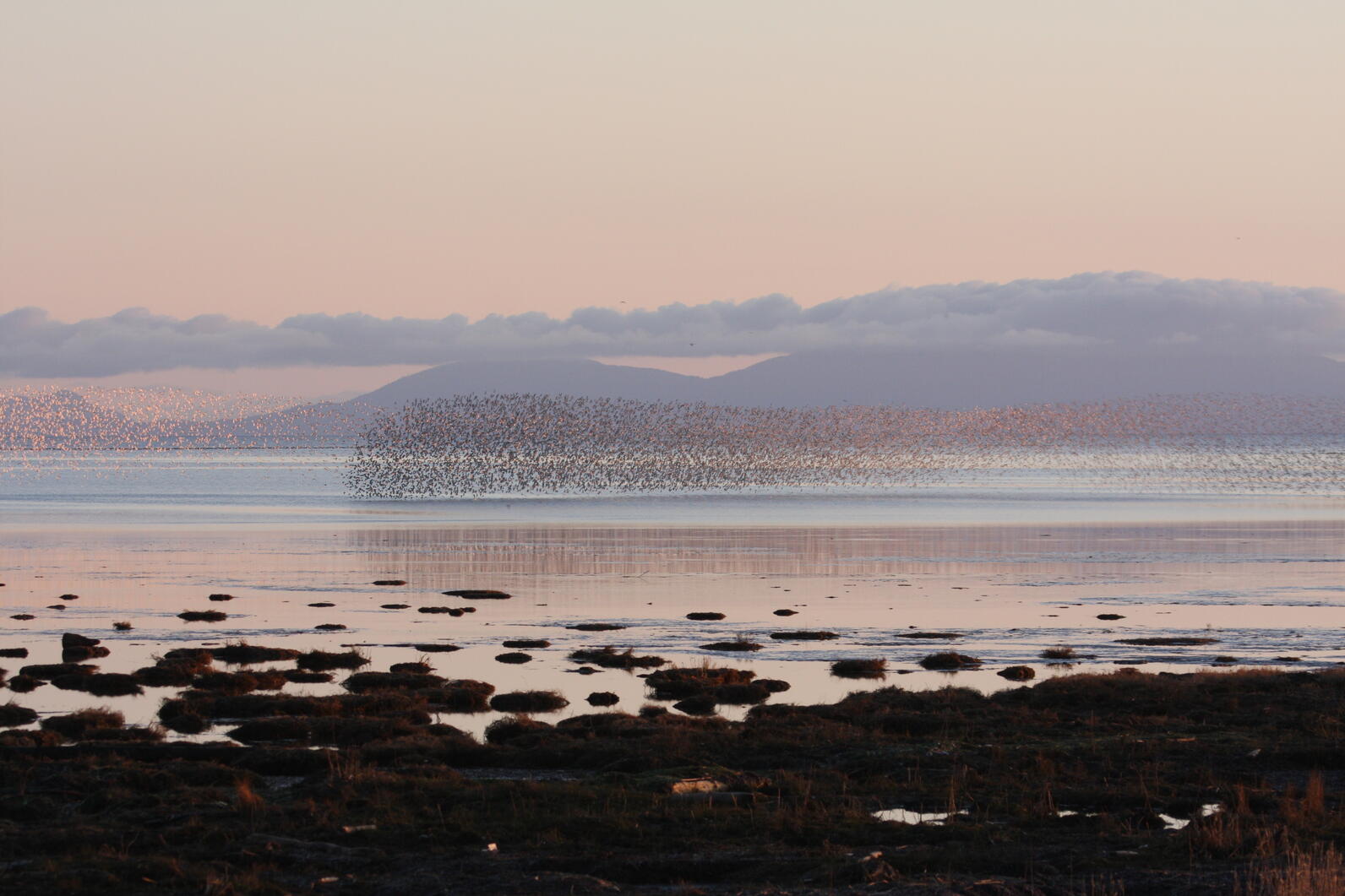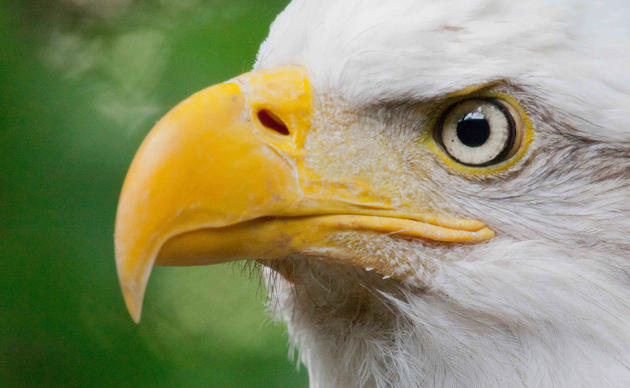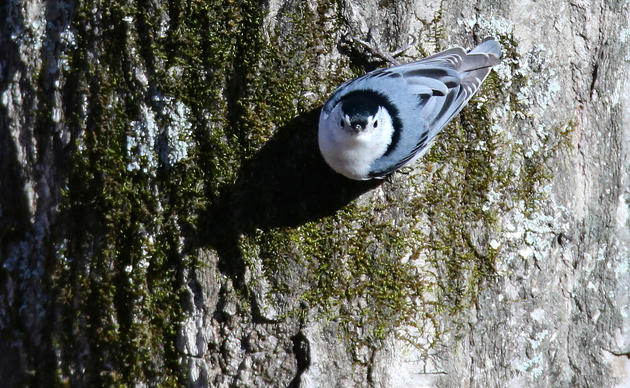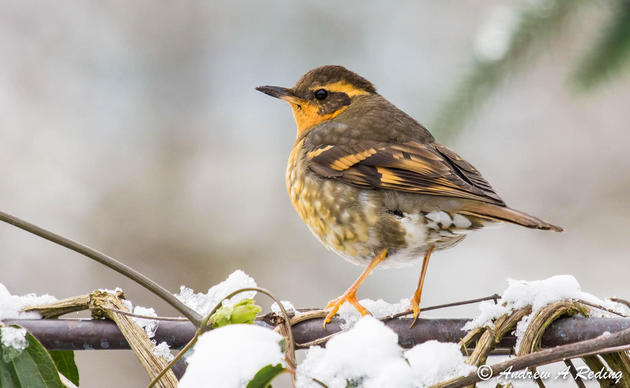Across the Pacific Flyway and locally in Puget Sound, estuarine habitat loss and degradation has resulted in declining coastal bird populations. The Washington state Puget Sound Action Agenda charts the course for recovery in Puget Sound and includes actions that may benefit birds. However, meaningful recovery of estuary birds requires that we have a clear understanding of the health of local bird populations, where and when they occur, and the environmental conditions and human pressures that influence their occurrence.
In a recently published report, Avian Habitat Suitability Models for Puget Sound Estuary Birds, Audubon Washington–together with the Stillaguamish Tribe, Washington Department of Fish and Wildlife, and Ecostudies Institute–present bird-habitat suitability models for five “narrative” species that represent unique niches associated with Puget Sound estuaries: Brant, Dunlin, Greater Yellowlegs, Marsh Wren, and Northern Pintail. These species were selected to tell the story of the complexity of avian habitat use across tidal gradients and seasons in Puget Sound estuaries. Our study used avian monitoring data from tribal, state, federal and NGO partners, as well as community science data, to build separate habitat suitability models of occurrence and abundance by season for the five narrative species.
These models can be used to identify potential suitable habitat areas for birds, and can identify key environmental features associated with birds to include in restoration projects. They can also be used to assess how birds might be affected by habitat changes due to climate change.

Key findings from our study are:
-
Estuarine emergent wetlands, mudflats, and freshwater emergent wetlands emerged as important explanatory variables for the occurrence and/or abundance of our five study species. Puget Sound estuary restoration and management projects that restore or protect these features can benefit a variety of estuary birds, including waterfowl, shorebirds, and landbirds.
-
Prospective restoration sites that lie within historical wetland areas, have currently low avian abundance, and have space for marsh migration, have a high potential to benefit estuary birds.
-
Standardizing monitoring efforts across seasons and locations in Puget Sound estuaries would improve our understanding of avian-habitat relationships and increase the effectiveness of habitat management interventions.
An important theme that emerged from this exercise is that data quantity and quality are essential for a strong understanding of bird-habitat relationships and distributions in Puget Sound, which in turn informs habitat management and restoration actions. Models are only as strong as the data that goes into them. When monitoring efforts are concentrated in certain seasons or well-studied locations, or don’t account for differences in our ability to detect different species across habitat types, our modeling outputs may have limited value. Our collaborative project team is currently pursuing the development of a regional monitoring framework for estuarine birds that addresses this issue by aligning bird survey and sampling methods. This is an ambitious but critical step that will dramatically improve our ability to develop predictive tools for avian conservation and generate adaptive feedback for natural resource managers in a time of rapid environmental change.
Our study provides valuable information about the key environmental features associated with bird distribution and abundance and identifies important areas for bird conservation and management around Puget Sound. It also points to specific actions that land managers can take to ensure Puget Sound continues to serve as a vital link for Pacific Flyway birds.
------








